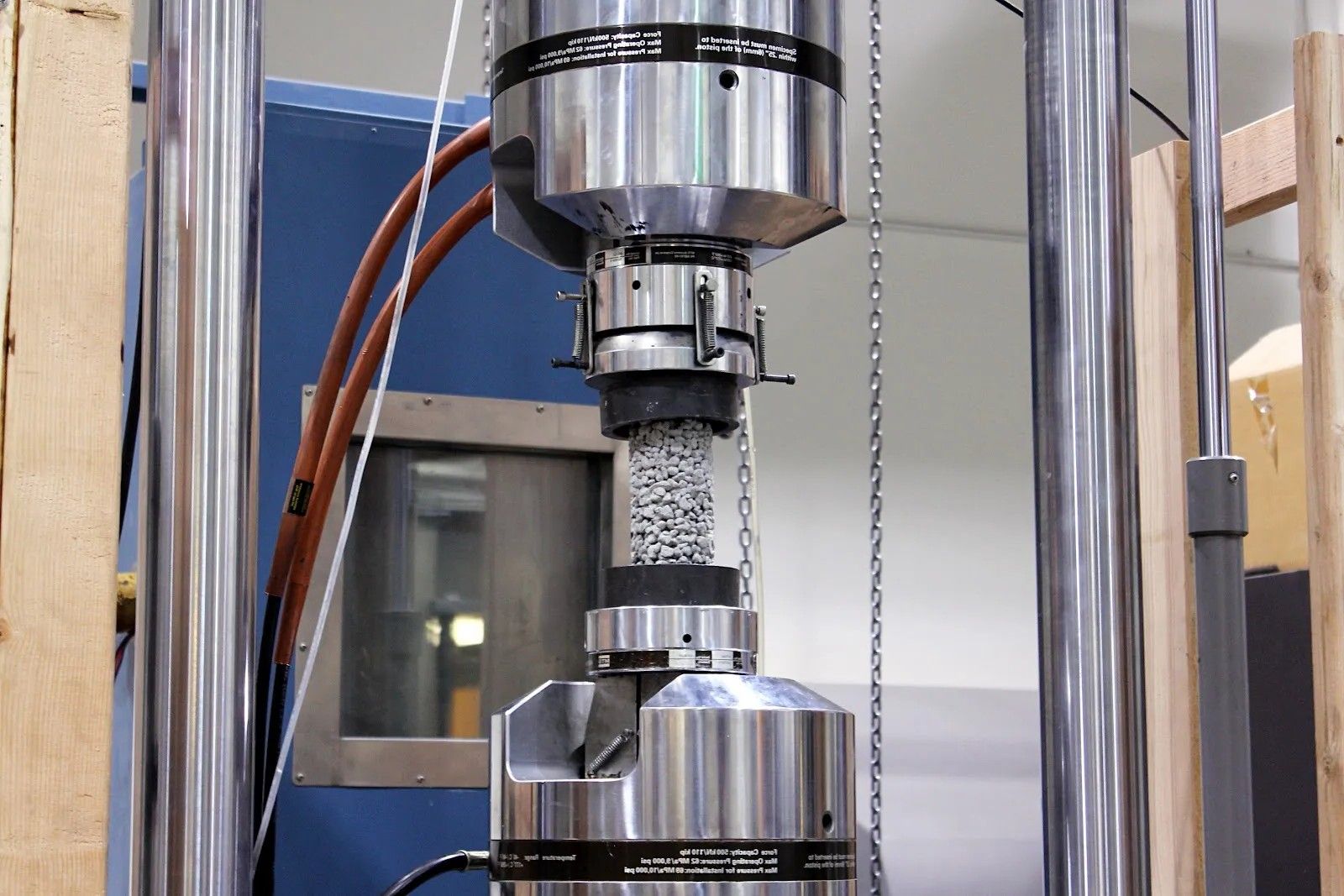
Compression testing is a crucial method used to determine the strength and durability of materials. But what exactly is compression testing? Compression testing involves applying force to a material until it deforms or breaks. This helps engineers and scientists understand how materials will behave under different loads. Why is this important? Knowing the compression strength of materials ensures safety and reliability in construction, manufacturing, and product design. Imagine a bridge or a building; without proper testing, these structures could fail under pressure. Compression testing also aids in quality control, ensuring products meet specific standards. Ready to learn more? Let's dive into 27 fascinating facts about compression testing!
What is Compression Testing?
Compression testing measures a material's ability to withstand compressive forces. This process helps determine how a material behaves under load, which is crucial for various industries.
- Compression testing evaluates a material's strength by applying force until it deforms or breaks.
- Engineers use this test to ensure materials can handle the stresses they will face in real-world applications.
- Common materials tested include metals, plastics, ceramics, and composites.
Why is Compression Testing Important?
Understanding the importance of compression testing can help appreciate its role in safety and performance.
- It ensures structural integrity in buildings, bridges, and other constructions.
- Compression testing helps in quality control during manufacturing processes.
- It aids in material selection for specific applications, ensuring the right material is used for the job.
Types of Compression Testing
Different types of compression tests are used depending on the material and application.
- Uniaxial compression tests apply force in one direction to measure material strength.
- Biaxial compression tests apply force in two directions, simulating more complex stress conditions.
- Triaxial compression tests apply force in three directions, often used for soil and rock testing.
Equipment Used in Compression Testing
Various machines and tools are essential for conducting accurate compression tests.
- Universal testing machines (UTMs) are versatile devices used for both tension and compression tests.
- Compression platens are flat plates that apply force evenly across the material's surface.
- Load cells measure the force applied during the test, ensuring precise results.
Applications of Compression Testing
Compression testing has a wide range of applications across different industries.
- In the automotive industry, it ensures that parts can withstand the forces experienced during a crash.
- Aerospace engineers use it to test materials for aircraft and spacecraft, ensuring safety and performance.
- Packaging industries use compression tests to ensure boxes and containers can handle stacking and shipping loads.
How to Perform a Compression Test
Performing a compression test involves several steps to ensure accurate and reliable results.
- Prepare the sample by cutting it to the required dimensions and ensuring it is free of defects.
- Place the sample between the compression platens of the testing machine.
- Apply force at a constant rate until the sample deforms or breaks.
- Record the force and deformation data for analysis.
Interpreting Compression Test Results
Understanding the results of a compression test is crucial for making informed decisions.
- The stress-strain curve shows the relationship between the applied force and the material's deformation.
- The yield point indicates the stress level at which the material begins to deform permanently.
- The ultimate compressive strength is the maximum stress the material can withstand before failure.
Factors Affecting Compression Test Results
Several factors can influence the outcome of a compression test.
- Sample preparation, including dimensions and surface finish, can affect test results.
- The rate at which force is applied can influence the material's response.
- Environmental conditions, such as temperature and humidity, can impact the material's behavior.
Advancements in Compression Testing
Technological advancements have improved the accuracy and efficiency of compression testing.
- Digital sensors and data acquisition systems provide real-time monitoring and analysis of test results.
- Computer simulations and modeling help predict material behavior under compressive loads, reducing the need for physical testing.
Final Thoughts on Compression Testing
Compression testing is a vital tool in various industries. It helps ensure materials and products meet quality standards. From construction to automotive, this test provides crucial data on strength and durability. Regular testing can prevent failures, saving time and money. It also aids in research and development, leading to better products. Understanding the basics of compression testing can benefit anyone involved in manufacturing or engineering. Whether you're a student, professional, or hobbyist, knowing how materials behave under pressure is valuable. So, next time you encounter a product, remember the rigorous testing it likely underwent. This knowledge not only enhances appreciation but also underscores the importance of quality control. Keep these facts in mind, and you'll have a solid grasp of why compression testing matters.
Was this page helpful?
Our commitment to delivering trustworthy and engaging content is at the heart of what we do. Each fact on our site is contributed by real users like you, bringing a wealth of diverse insights and information. To ensure the highest standards of accuracy and reliability, our dedicated editors meticulously review each submission. This process guarantees that the facts we share are not only fascinating but also credible. Trust in our commitment to quality and authenticity as you explore and learn with us.
